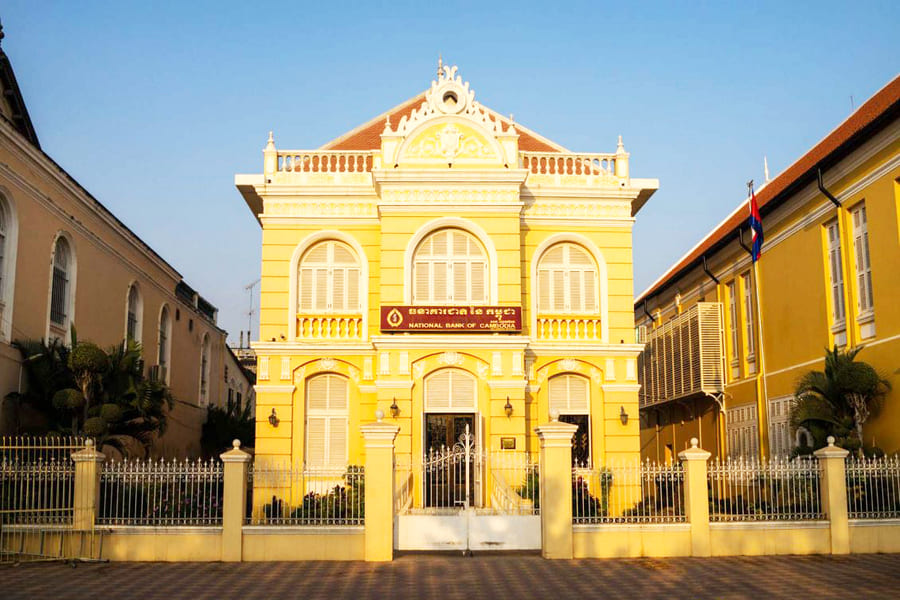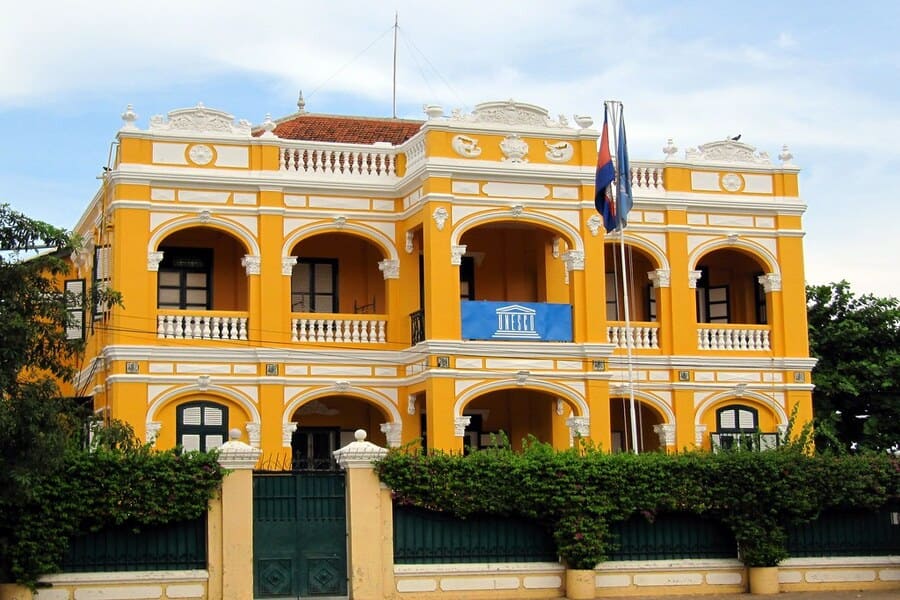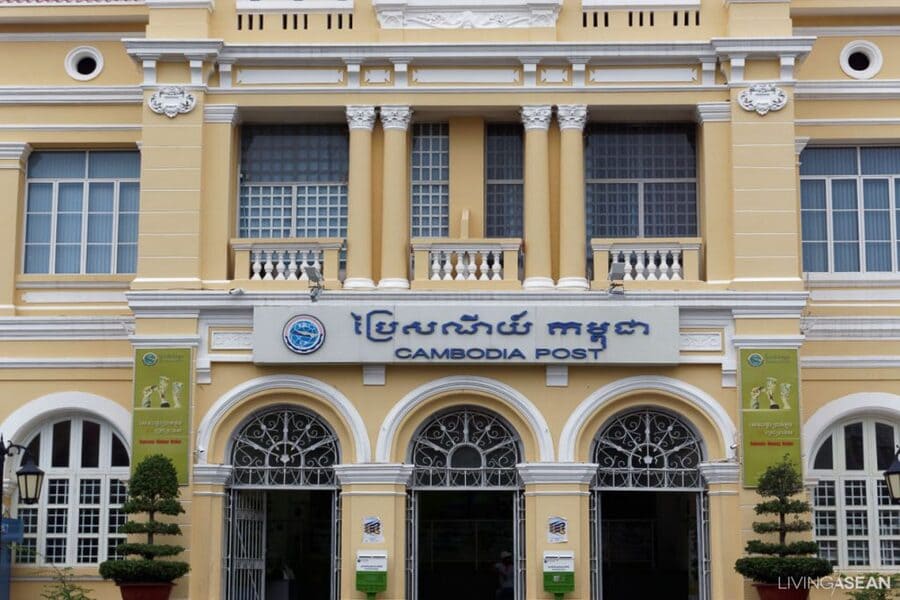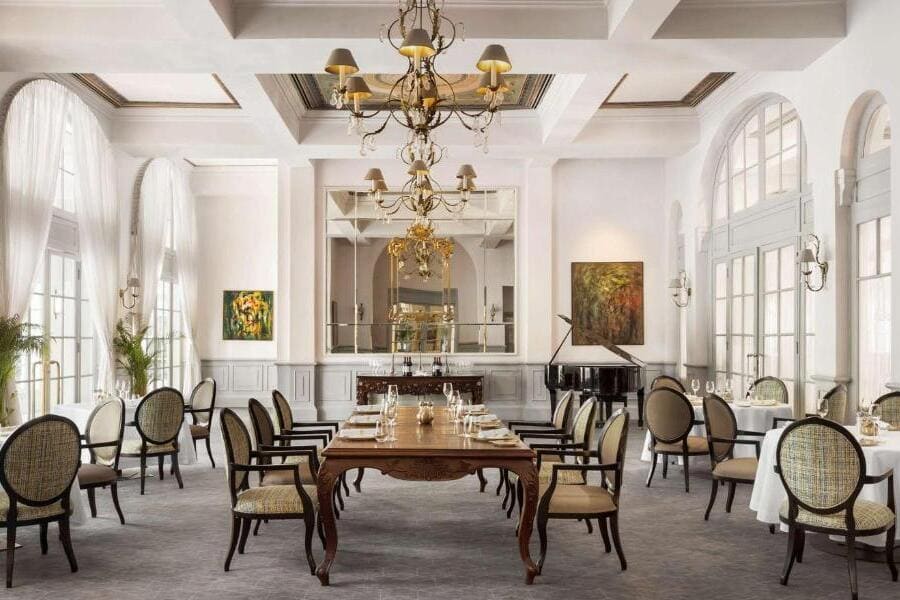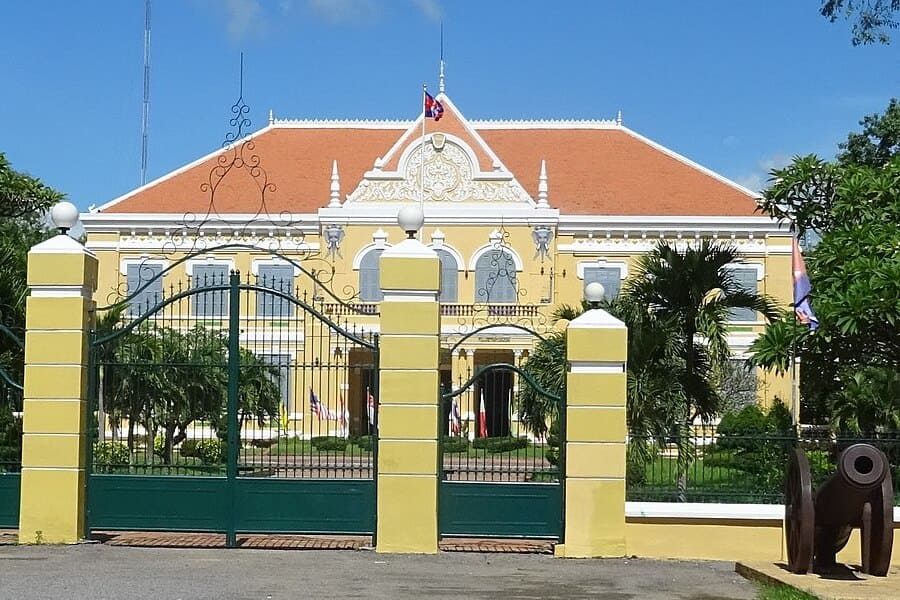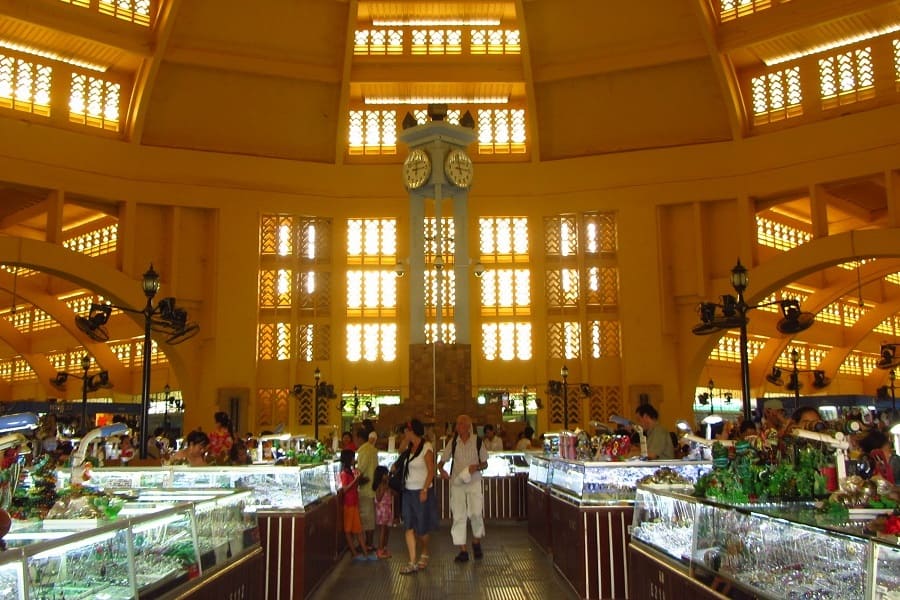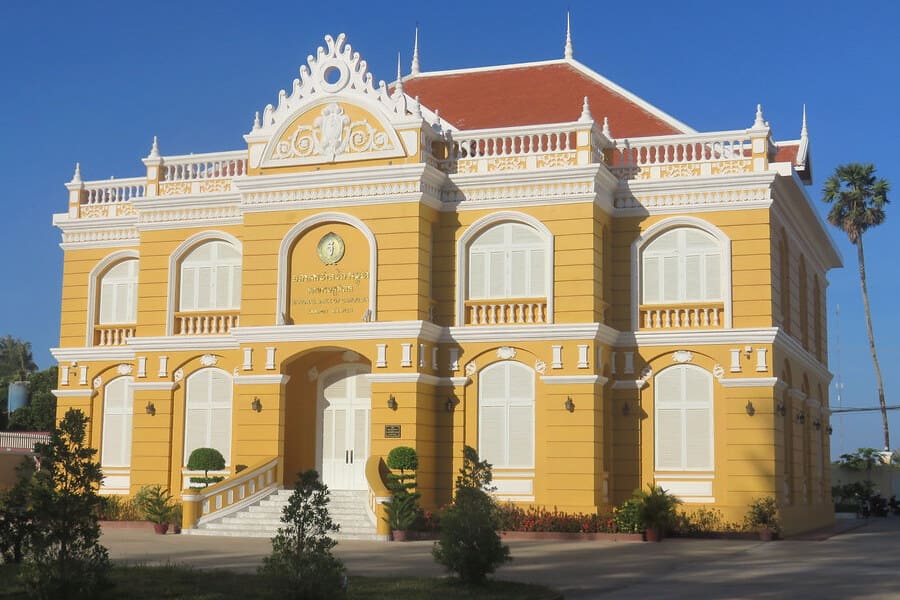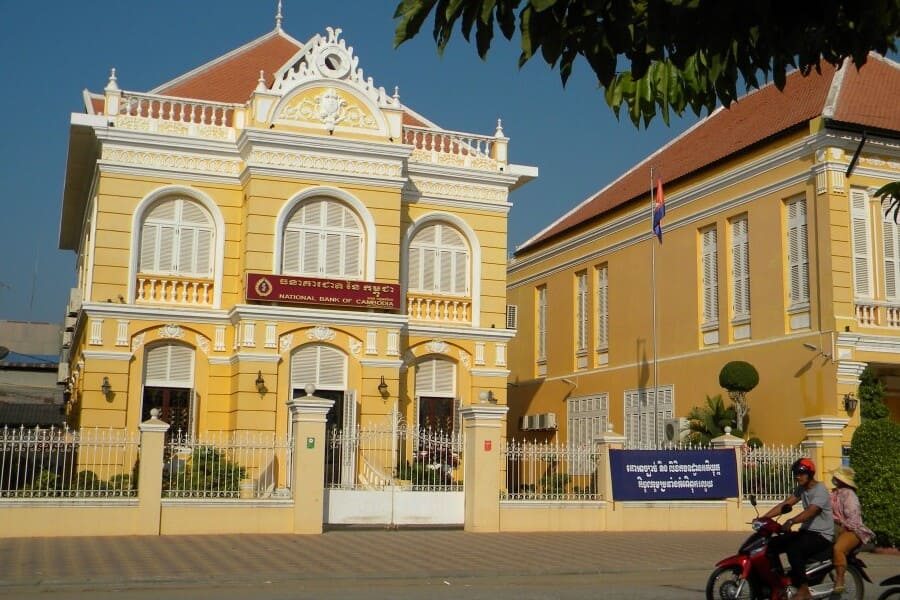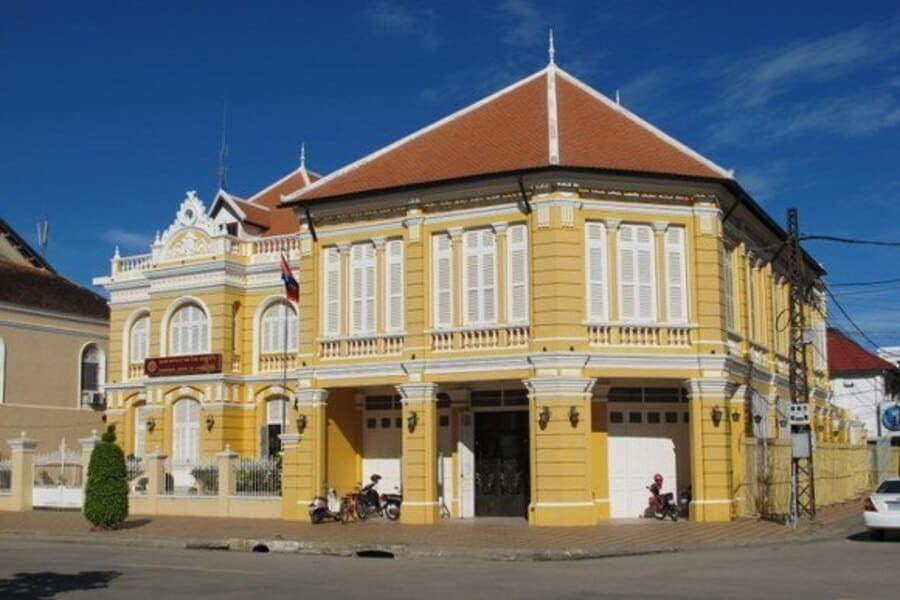Embarking on cambodia tours unveils a captivating journey through a landscape steeped in history, culture, and architectural splendor. Among the many layers of Cambodia's rich heritage lies a profound influence from its colonial past, particularly evident in the captivating French colonial architecture that graces its urban landscapes. From grand boulevards to ornate facades, these architectural treasures serve as tangible reminders of Cambodia's complex history and cultural fusion.
Contents
An Overview of French colonization in Cambodia
French colonization in Cambodia, which commenced in the mid-19th century, brought significant changes to the kingdom's political, economic, and social landscape. Under the Treaty of Saigon in 1863, Cambodia became a protectorate of France, marking the beginning of French colonial rule. This period witnessed the establishment of a French colonial administration that sought to modernize Cambodia according to European standards while exploiting its resources for economic gain.
Urban centers like Phnom Penh were transformed under French influence, with wide boulevards, public squares, and architectural landmarks reshaping the cityscape. The French introduced modern infrastructure such as railways, roads, and bridges, aiming to facilitate trade and commerce.
Distinctive features of French colonial architecture in Cambodia
French colonial architecture in Cambodia is characterized by a unique blend of European elegance and Khmer architectural influences, resulting in a distinctive architectural style that graces the urban landscapes of cities like Phnom Penh and Battambang. One of the most notable features of French colonial architecture is its grandeur and scale, with imposing buildings adorned with ornate facades, intricate details, and majestic entrances that reflect the power and authority of the colonial administration.
The use of materials such as stucco, brick, and terracotta gives French colonial buildings in Cambodia a timeless elegance and durability, while elements like wrought-iron balconies, shuttered windows, and pitched roofs add to their charm and character. These architectural details serve both functional and aesthetic purposes, providing ventilation, shade, and protection from the tropical climate, while also enhancing the visual appeal of the buildings.
French colonial architecture in Cambodia often incorporates elements of classical European styles such as neoclassical, Beaux-Arts, and art deco, adapted to suit the local climate and cultural context. This fusion of Western and Khmer architectural traditions results in buildings that are both aesthetically pleasing and culturally significant, serving as symbols of Cambodia's colonial history and cultural heritage.
Examples of French Colonial Architecture in Cambodia
French colonial architecture in Cambodia is a blend of French design and local cultural elements, reflecting the country's history as part of French Indochina from the late 19th century until the mid-20th century. Here are some notable examples:
Phnom Penh Post Office
Located in the heart of Phnom Penh, the Phnom Penh Post Office is an iconic example of French colonial architecture. Built in the early 20th century, its neoclassical design features large arched windows, symmetrical façades, and detailed ornamentation, embodying the elegance of French colonial style.
Raffles Hotel Le Royal
Opened in 1929, Raffles Hotel Le Royal in Phnom Penh is a luxury hotel that showcases French colonial architecture blended with Khmer motifs. Its grand façade, high ceilings, and classic interior design reflect the opulence of the colonial era while providing a touch of Cambodian cultural elements.
Battambang Provincial Hall
In Battambang, the Provincial Hall is a striking example of French colonial architecture. Built during the colonial period, this administrative building features a distinct colonial style with its ornate balconies, shuttered windows, and grand staircases, reflecting the administrative influence of the French in the region.
Central Market (Phsar Thmey)
Although primarily Art Deco, the Central Market in Phnom Penh, completed in 1937, incorporates elements of French colonial design. Its distinctive dome and sprawling market halls with wide, airy corridors are indicative of the blend between modernist and colonial architectural styles.
Old Governor’s Residence in Kampot
The Old Governor’s Residence, now the Kampot Museum, is a beautiful example of French colonial architecture. Located in the coastal town of Kampot, this building features large verandas, shuttered windows, and a distinctive colonial-era aesthetic that has been preserved and repurposed for contemporary use.
La Banque (Old Bank) in Battambang
This building, originally a bank during the colonial period, is an architectural gem in Battambang. It showcases typical French colonial features such as decorative cornices, arched windows, and a robust, symmetrical structure.
Preserving and Conserving French Colonial Architecture in Cambodia
Preserving and conserving French colonial architecture in Cambodia is essential for safeguarding the country's cultural heritage and historical legacy. As tangible reminders of Cambodia's colonial past, these architectural treasures hold immense significance in shaping the country's identity and attracting visitors from around the world. Here are some strategies for preserving and conserving French colonial architecture in Cambodia:
Heritage Protection Legislation: Implement and enforce robust heritage protection legislation to safeguard French colonial buildings from demolition, alteration, and inappropriate development. Designate historic districts and conservation zones where strict guidelines govern architectural modifications and new construction projects.
Heritage Conservation Initiatives: Support and promote heritage conservation initiatives aimed at restoring and maintaining French colonial buildings in Cambodia. Collaborate with government agencies, non-profit organizations, and local communities to fund restoration projects, provide technical expertise, and raise awareness about the importance of preserving architectural heritage.
Adaptive Reuse and Rehabilitation: Encourage adaptive reuse and rehabilitation of French colonial buildings for contemporary purposes while retaining their historical integrity. Transform former colonial residences into boutique hotels, restaurants, galleries, and cultural centers, breathing new life into these architectural gems while preserving their heritage value.
Public Education and Awareness: Educate the public about the significance of French colonial architecture in Cambodia's history and culture through educational programs, interpretive signage, and guided tours. Foster a sense of pride and stewardship among local communities and visitors by highlighting the architectural, historical, and cultural importance of these buildings.
Partnerships and Collaboration: Foster partnerships and collaboration between government agencies, heritage organizations, academic institutions, and private stakeholders to coordinate conservation efforts and share resources. Pool expertise, funding, and technical assistance to address conservation challenges and implement sustainable solutions.
Tourism Management: Implement sustainable tourism management practices to minimize the impact of tourism on French colonial architecture and surrounding communities. Develop responsible tourism guidelines, visitor codes of conduct, and heritage interpretation programs to enhance visitor experiences while protecting architectural heritage.

